Oro African Church
One of the last remaining structures built by a community of African Canadians in the 19th century.
The city of Barrie lies slightly more than 100 kilometres north of Toronto. If one wanders just a bit farther, the community of Oro-Medonte occupies the open land between Kempenfelt Bay on Lake Simcoe and the southern tip of Georgian Bay on Lake Huron. The land in this region formed the backbone of British supply lines between the Great Lakes during the War of 1812. In the years following that conflict, the fear of a restrengthened America invading once more was considered a very real possibility.
In order to secure the main supply route between Lake Simcoe and Georgian Bay, a rough-hewn path was cut through the wilderness. This route would come to be known as the Penetanguishene Road, named after the naval establishment located at its northernmost point. It was decided by the government to then Upper Canada that the best way to discourage any such attempt at invasion would be to populate that area along that Road with veteran militiamen.
To that end, in the years between 1819 and 1831, land along concessions fronting either side of the Penetanguishene Road were granted to Black veterans of the previous war. Chief among those first to be granted lands in the Oro area were the men of Captain Runche’s “Company of Coloured Men.” All along Concession Line II (known as Wilberforce Street, named after British abolitionist William Wilberforce), and later along Concessions III and IV, some 60 black settlers and their families—a total population of approximately 100 people—were incorporated upon land that had yet to be cleared or settled by European farmers.
In 1831, abolitionist Reverend Art Raymond arrived to minister to the residents of Oro Township. Eleven years later, the community built the African Methodist Episcopal Church near the township of Edgar. Despite its close affiliation with the black settlers, services were open to both black and white settlers of the township.
It was to this area that passengers on the Underground Railroad might have found their way. As the northernmost terminus of that network, most former slaves who had escaped their captivity had settled in communities nearer to the border. Yet despite any concrete evidence to support the theory that freed slaves formed a portion of the settlers who occupied the Oro area, there remains a measure of folklore that supports that belief.
Today, the African Methodist Episcopal Church has been revitalized thanks to countless donations from both Canadian and American supporters. That small, wood-framed building continues to stand as a reminder of our past, and of the heritage of the Oro Townships and the Black settlers who first occupied those lands. There, on the windswept corner of Concession III and 9/10 Sideroad, is a time capsule that serves as a reminder of an era where equality between men was still a new notion, and where those who congregated beneath its roof were the first to take those tentative steps toward realizing that the differences between men can be their strengths, instead of their weaknesses.
Know Before You Go
The church is often open for public service and tours on Saturdays and Sundays during the summer months.
There is an unmarked cemetery on the church grounds which is indicated by a sign posted at the road.
Plan Your Trip
The Atlas Obscura Podcast is Back!



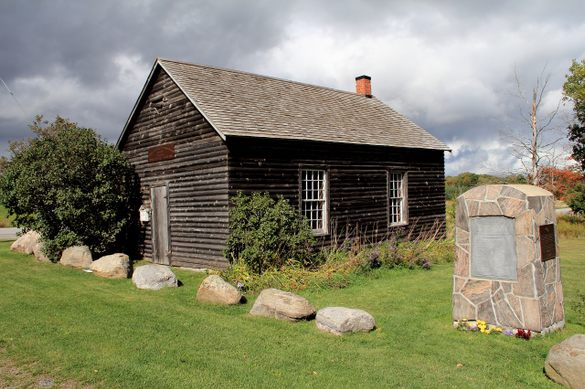
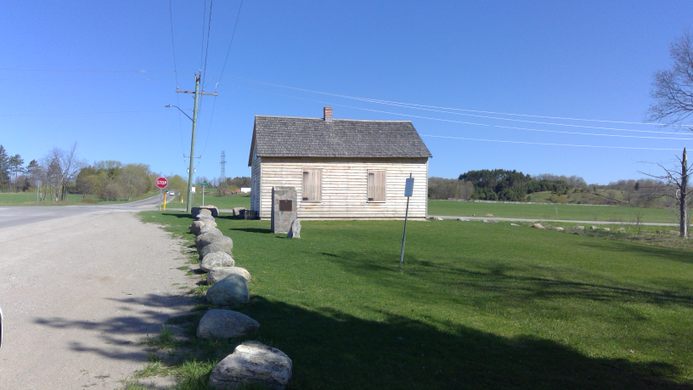






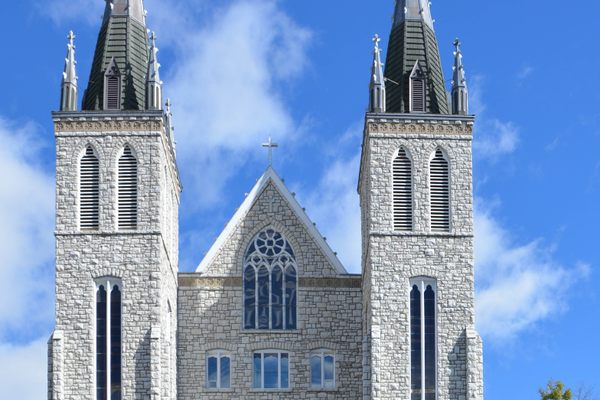




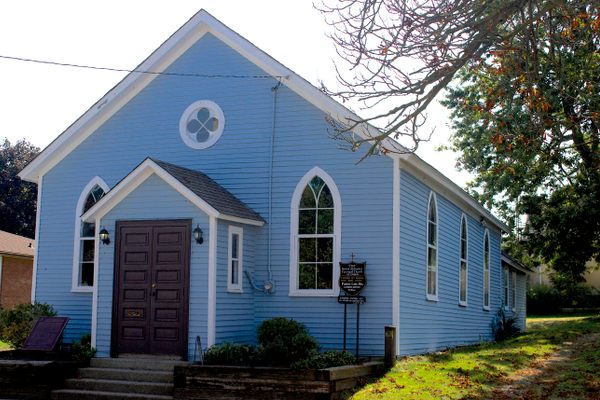
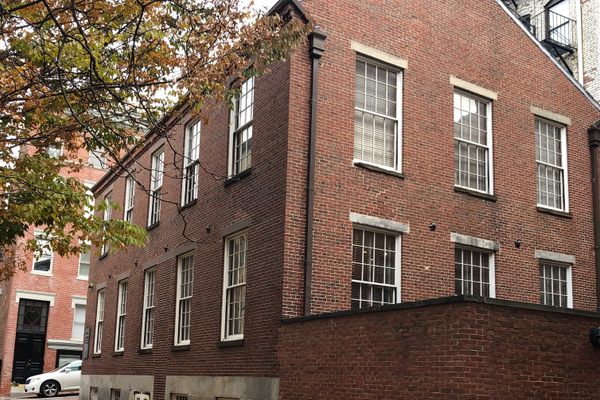


Follow us on Twitter to get the latest on the world's hidden wonders.
Like us on Facebook to get the latest on the world's hidden wonders.
Follow us on Twitter Like us on Facebook